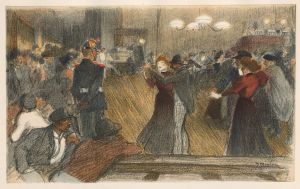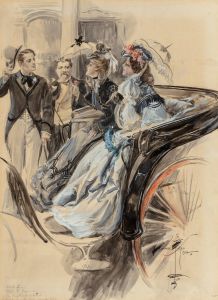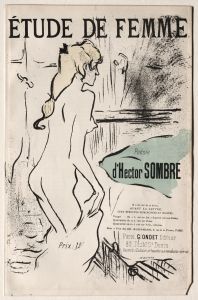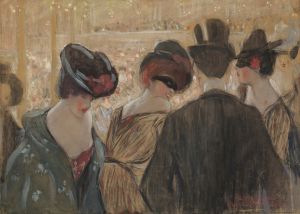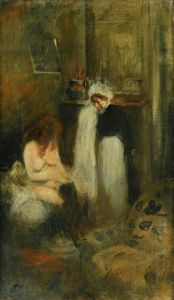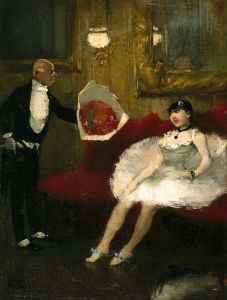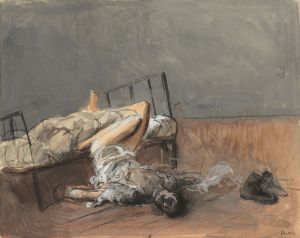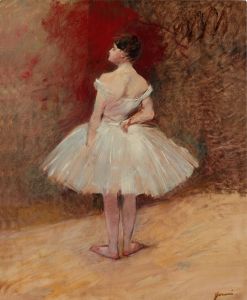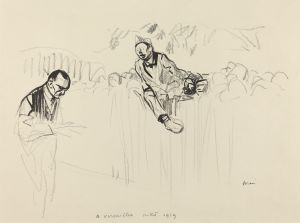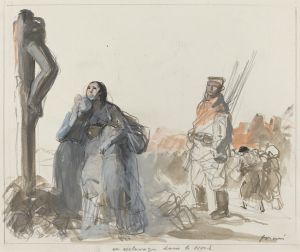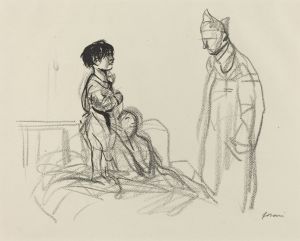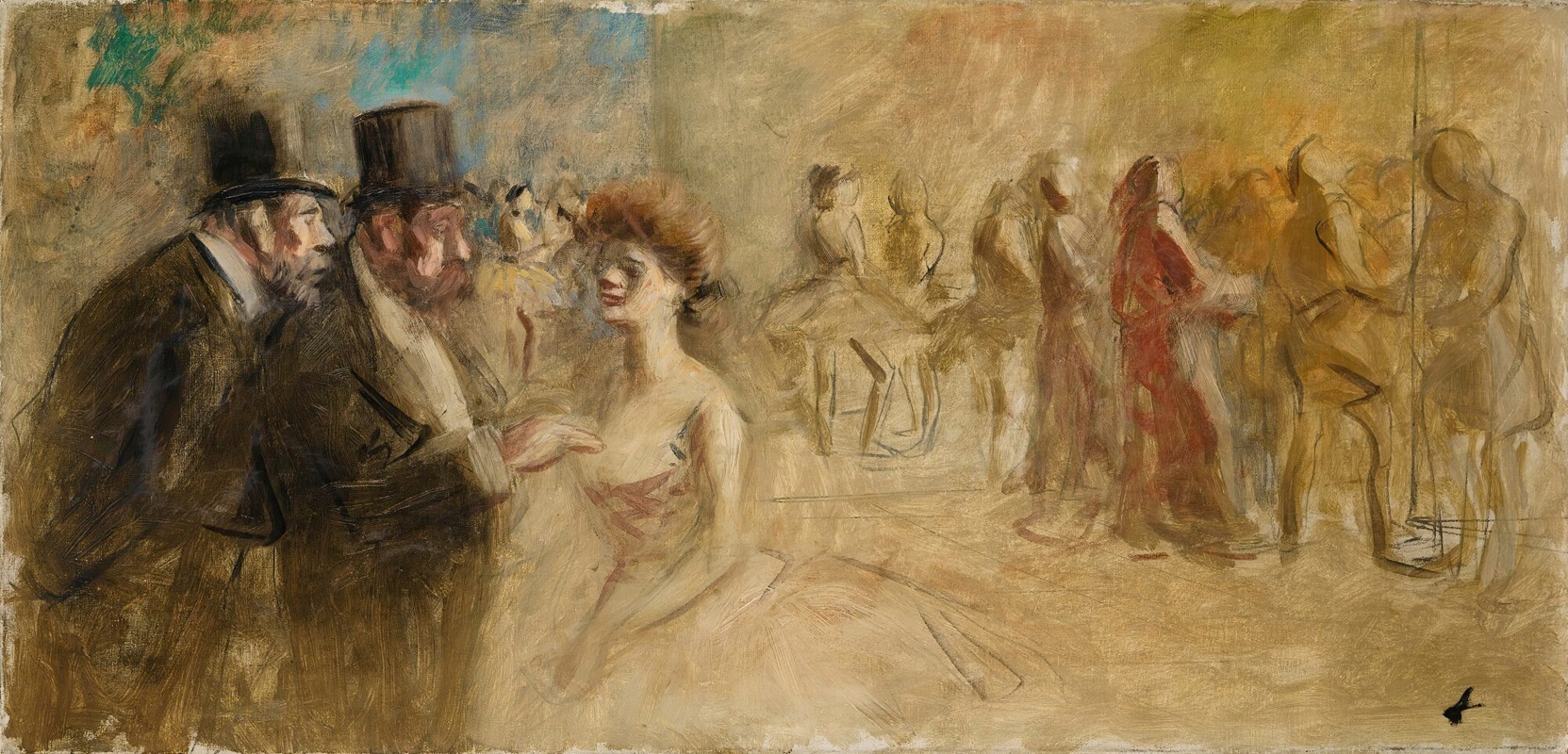
After The Dance
A hand-painted replica of Jean-Louis Forain’s masterpiece After The Dance, meticulously crafted by professional artists to capture the true essence of the original. Each piece is created with museum-quality canvas and rare mineral pigments, carefully painted by experienced artists with delicate brushstrokes and rich, layered colors to perfectly recreate the texture of the original artwork. Unlike machine-printed reproductions, this hand-painted version brings the painting to life, infused with the artist’s emotions and skill in every stroke. Whether for personal collection or home decoration, it instantly elevates the artistic atmosphere of any space.
Jean-Louis Forain (1852–1931) was a French Impressionist painter, lithographer, and illustrator known for his depictions of Parisian life, particularly scenes of the theater, ballet, and social gatherings. One of his notable works, After the Dance, exemplifies his ability to capture intimate and fleeting moments with a sense of realism and emotional depth.
After the Dance portrays a quiet, reflective moment following a lively social event, likely a ball or dance. The painting focuses on the aftermath of the festivities, emphasizing the human emotions and physical exhaustion that follow such occasions. Forain's characteristic loose brushwork and muted color palette lend the scene a sense of immediacy and intimacy, drawing the viewer into the private world of the subjects. The figures in the painting are rendered with a combination of detail and suggestion, a hallmark of Forain's Impressionist style.
Forain was heavily influenced by his contemporaries, including Edgar Degas, with whom he shared a close friendship. Like Degas, Forain often explored themes of modern urban life, particularly the social dynamics of Paris during the late 19th and early 20th centuries. His works frequently depicted dancers, performers, and members of the bourgeoisie, offering a nuanced perspective on the complexities of human interaction and the fleeting nature of modern experiences.
After the Dance reflects Forain's interest in capturing candid moments, often tinged with a sense of melancholy or introspection. The painting is representative of his broader body of work, which combines elements of Impressionism with a more narrative-driven approach. Forain's ability to convey mood and atmosphere through his use of light, shadow, and composition is evident in this piece.
While After the Dance is not as widely recognized as some of Forain's other works, it remains an important example of his artistic vision and his contribution to the Impressionist movement. The painting demonstrates his skill in portraying the subtleties of human emotion and the ephemeral nature of social interactions, themes that resonate throughout his oeuvre.
Jean-Louis Forain's works, including After the Dance, are held in various collections and museums worldwide, though specific details about the current location or provenance of this particular painting are not readily available. Forain's legacy as an artist lies in his ability to blend the observational qualities of Impressionism with a more personal and introspective approach, making his works enduringly relevant and evocative.





